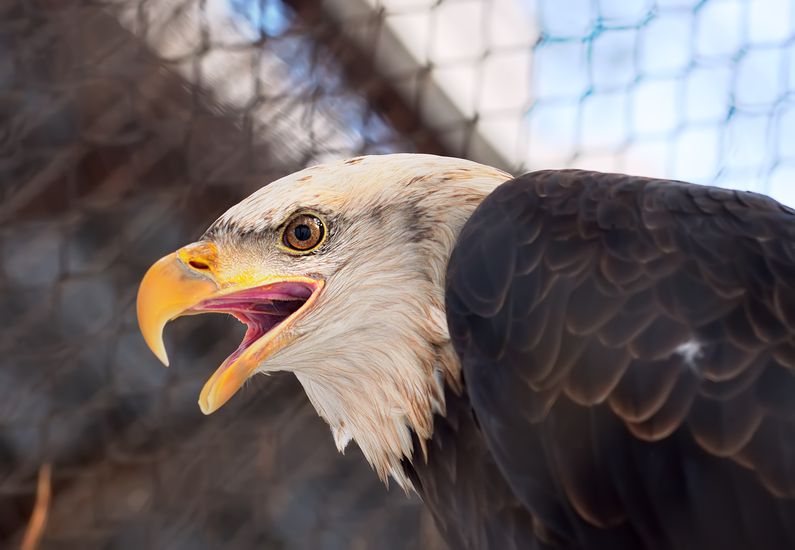Flying High
The bald eagle is the comeback kid of the conservation world, soaring back in numbers after spending decades in danger of extinction. “Bald eagles are powerful symbols of resilience,” says Crystal Slusher with the American Eagle Foundation. “Seeing one or many in the wild can serve as a reminder to keep our resilience in caring for our environment and the creatures we share it with.” Because of migration patterns, winter is the best time to look for bald eagles. Here are some of the best locations to try your luck in every state, except Hawaii, (where there are no bald eagles around to crash the luaus).


























































